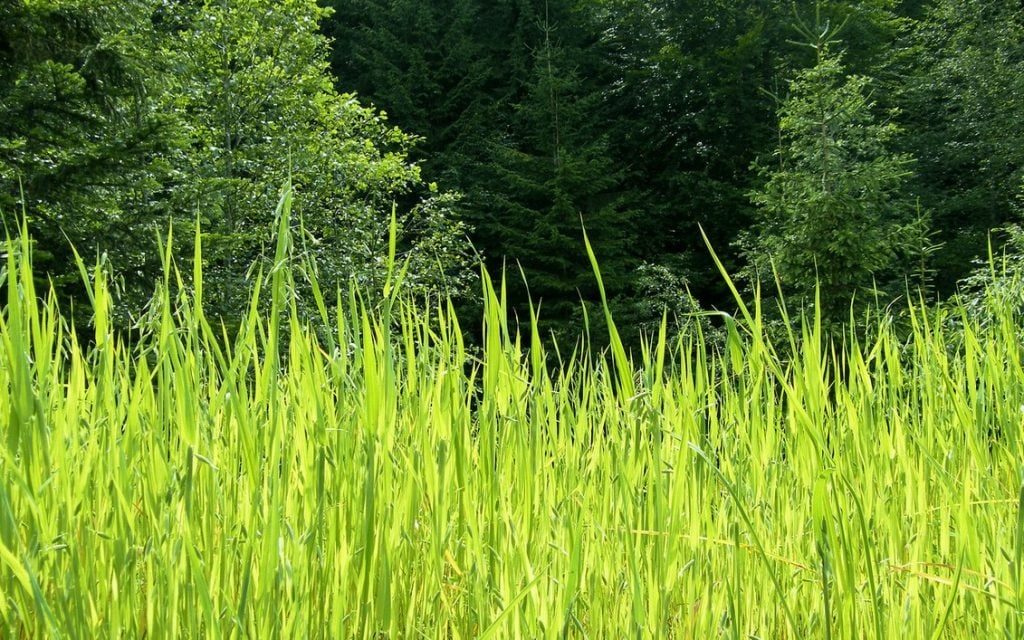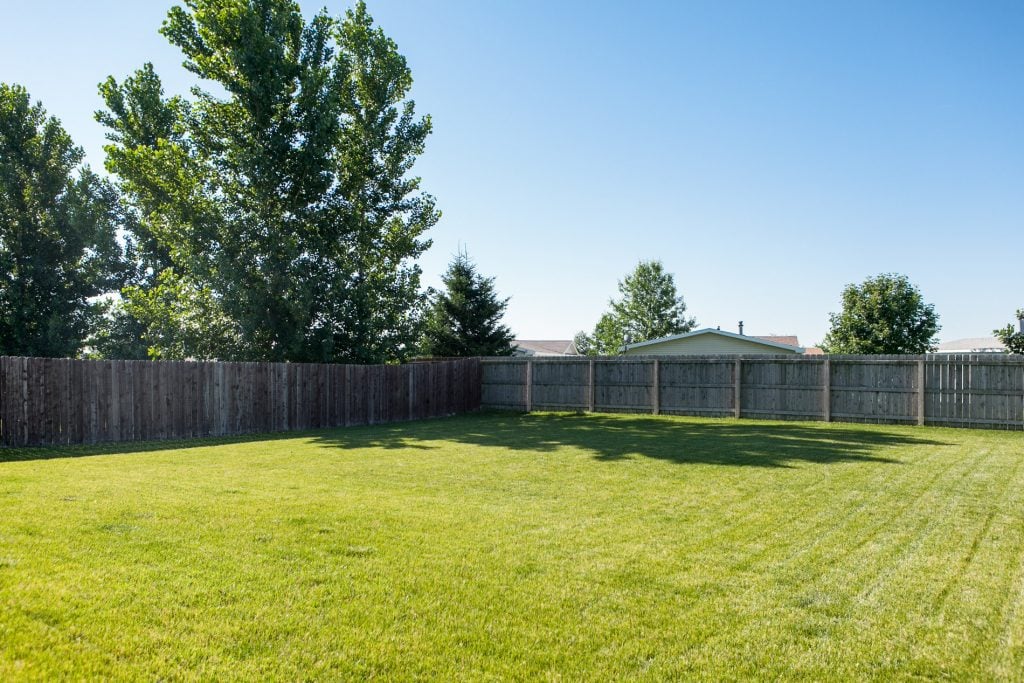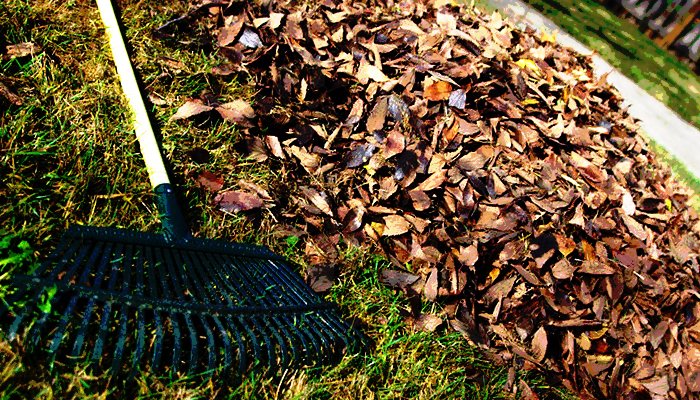If you own a home or property, you already know that each season comes with a list of to-dos and preparations for the next season. While wintertime consists of dormancy, there are still several items that should be on your to-do list to help prepare your yard for winter.
LAWN –
 Mowing – We know that in fall mowing is not as top-of-mind as it may have been for you in spring and summer. But, implementing the proper mowing plan before winter is important. Warm season grasses will go dormant and stop growing when the weather turns chilly, while cool season grasses (the core of most lawns) prefer cooler temperatures and will continue to grow (at a slower pace) until the ground freezes. Because of this, it is important to maintain a mowing schedule until then.
Mowing – We know that in fall mowing is not as top-of-mind as it may have been for you in spring and summer. But, implementing the proper mowing plan before winter is important. Warm season grasses will go dormant and stop growing when the weather turns chilly, while cool season grasses (the core of most lawns) prefer cooler temperatures and will continue to grow (at a slower pace) until the ground freezes. Because of this, it is important to maintain a mowing schedule until then.- Aeration – Aeration is essentially opening up soil to promote a better environment for roots and grasses. However, aeration does not need to be done unless:
- Your soil is prone to compaction
- Thatch from lawn clippings and litter exceeds ½ inch depth
- Fertilization – Fertilizer in fall should help grass roots prepare to survive winter.
FALL CLEANUP –
- Leaves – We know; leaf removal is annoying and time consuming, but it’s also necessary. Whether you choose to redistribute your collected leaves for mulch on your lawn, or your rake them away, leaf removal is an important to-do item to prepare your yard for winter.
- Garden – Fall is an ideal time to clean and clear your garden. This is also an important time to take measures to prepare and protect weather sensitive plants.
- Trees – Now is the time to clear any deadwood from trees. This is really important as part of your winter yard preparation, because dead or weakened limbs can be hazardous during winter storms. Do you make use of a fire source for heating in the winter? Have you considered using your removed trees/tree limbs for firewood?
WINTERIZING –
 Deer Protection – Winter deer damage can be extremely destructive. Adding fencing (at least 6-8 feet tall), wrapping trunks with chicken wire, applying burlap coverings to shrubs, applying repellants, and removing food sources in your yard (like bird feeders), are great ways to defend your yard against deer. Deer are destructive in two major ways:
Deer Protection – Winter deer damage can be extremely destructive. Adding fencing (at least 6-8 feet tall), wrapping trunks with chicken wire, applying burlap coverings to shrubs, applying repellants, and removing food sources in your yard (like bird feeders), are great ways to defend your yard against deer. Deer are destructive in two major ways:
- Winter Feeding – An adult deer can eat about 6 lbs of plants daily.
- Antler Rubbing – Antler rubbing is a way for a deer to mark its territory, and can be damaging to your trees (scrapes the surface of the xylem and removes cambium at the base of the trunk – adding additional stress to your trees that are already undergoing stress induced by winter conditions)
- Frost/Cold Protection – Plant wilt can occur when your plants experience the drying winds, frozen grounds, and cold temperatures of winter. By applying an anti-wilting application, you can help to prevent/minimize the stress your plants undergo. Applying a layer of mulch around the base of your trees is also an important way to prepare your yard for winter. Mulch can go a long way in helping to maintain moisture and a steadier temperature for your roots.
PLANTING –
- Complete Fall planting – Fall is a great time for planting for several reasons, which you can find detailed in our blog, Here’s Why Fall Planting Is A Good Idea. Your fall planting list should include:
- Spring bulbs
- Pansies
- Cool-season vegetables
- Turfgrass
- Perennials
- Several species of trees and shrubs
Just because the warm weather is behind us, doesn’t mean that your yard work is done quite yet. It is important to implement these tips to prepare your yard for winter. This will not only ensure that your yard is protected and prepared for the cold, harsh months, but will also help to foster a hardy spring landscape. The professionals at Red Cedar can assist in many of these fall yard preparations (like tree removal, trimming, fall planting, Wilt-Pruf application, etc.). Let us contribute to making your personal to-do list for winter preparation much shorter! Contact us today for your free consultation!


